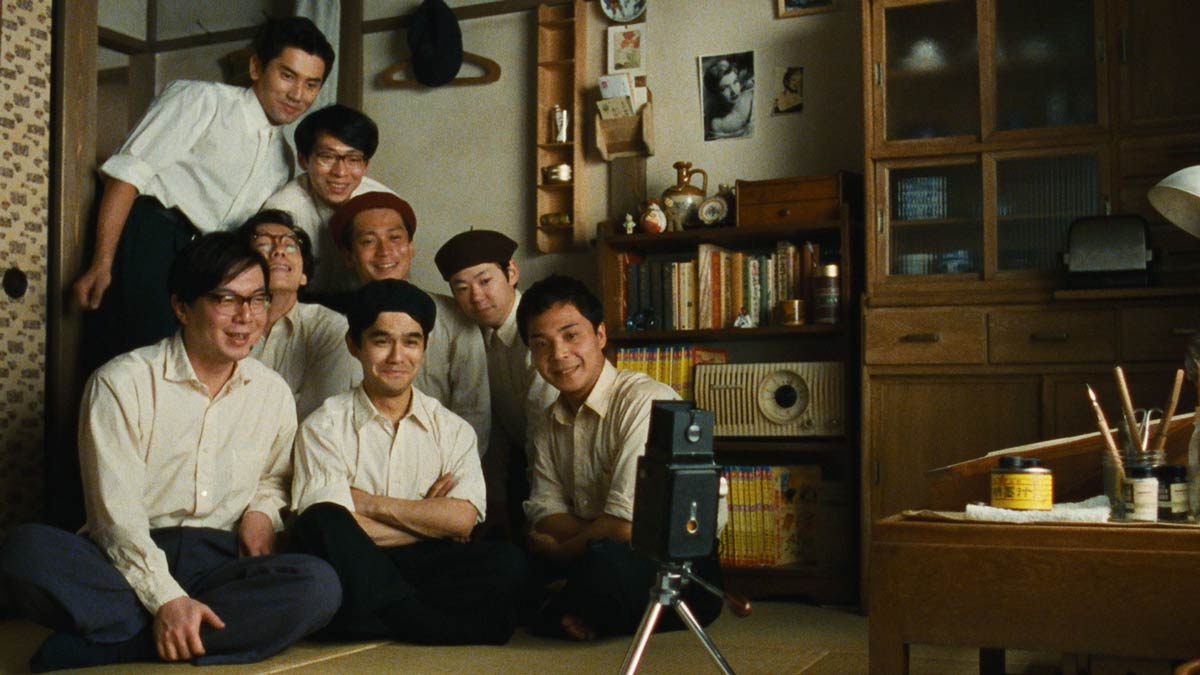
©1995/2020 Culture Entertainment Co., Ltd
"Tokiwa-so's Youth" The light and shadow of young manga artists drawn in a legendary apartment (Part 1/Planning part)
2021.02.12
What did the up-and-coming commercial director see in Tokiwaso?
Nowadays, it is not uncommon for film directors to come from the commercial field, but at the time Jun Ichikawa, who had worked on unusual commercials such as "Smoking Paipo" and "Gon in the Drawer," made his debut as a film director with " BU・SU " (1987). Although there were directors who ventured into films on a one-off basis, there were very few examples of famous commercial directors like director Nobuhiko Obayashi switching to directing commercial films and continuing to make them. ``BU・SU'' was also initially offered to Obayashi.
Since then, Ichikawa has directed a series of popular works such as `` Corporate Story Memories of You '' (1988), ``No Life King'' (1989), and `` Tsugumi '' (1990), and has been known to move between movies and commercials. Ta. Unlike the shocking commercials, the films became more serene with each successive production, but in the 1990s, their style began to settle down. ``To Die in a Hospital'' (1993) used many fixed long shots, and the following `` Tokyo Brothers and Sisters '' (1995) was a short piece in a similar style. The frenzy of the bubble wiped out all the old buildings, and the subsequent collapse of the bubble created a nihilistic city, with only vacant lots remaining after land raising. As if to turn away from that, Ichikawa began chasing after the lingering scent of old Tokyo.
“Tokyo Brothers and Sisters” preview
``Tokiwa-so's Youth'' is located within Ichikawa's ``Tokyo films.'' It was unusual for Ichikawa to have planned this project himself, as much of his filmography was brought to him, but he actually had no particular attachment to the manga or Tokiwa-sou. In ``Tokyo Brothers and Sisters'', many of the scenery along the Arakawa Line were incorporated into the movie, and the filming was done from Kishimojinmae to Otsuka, so while Zoshigatani was looking at the apartment, he said, ``I really wanted to make a movie about the apartment.'' (Tokyojin, March 1995 issue), which reminded him of the existence of Tokiwaso. Coincidentally, Namiki House, where Osamu Tezuka moved after leaving Tokiwaso, still exists in Zoshigaya, and along with its quiet townscape, it conveys the atmosphere of the Tokiwaso era.
As you can see from these reasons, if you expect this work to be a story of the youthful struggles of a new manga artist like `` Manga Michi '', you will be disappointed. This is because, although the story of Tokiwaso, which has a variety of episodes left behind, does not lack for drama, it is difficult to narrow down the focus, which is why `` Manga Michi '', which was broadcast on ``Ginga TV Novel'', It would only be possible to depict it in a drama series, or in a structure where the residents of each room are the protagonists of each episode. In other words, it is difficult to condense it into a two-hour movie. Ichikawa himself recognized this point, saying, ``It's already been depicted in TV dramas, so the subject matter is not very fresh.'' (cited above). If you want to make it into a movie, you have to find a unique perspective.
Now, let's take a look at the story of Tokiwaso, which Ichikawa rewrote for the film, in a way that is as factual as possible. You should be able to see what Ichikawa discovered from this and what perspective he tried to create it from.

